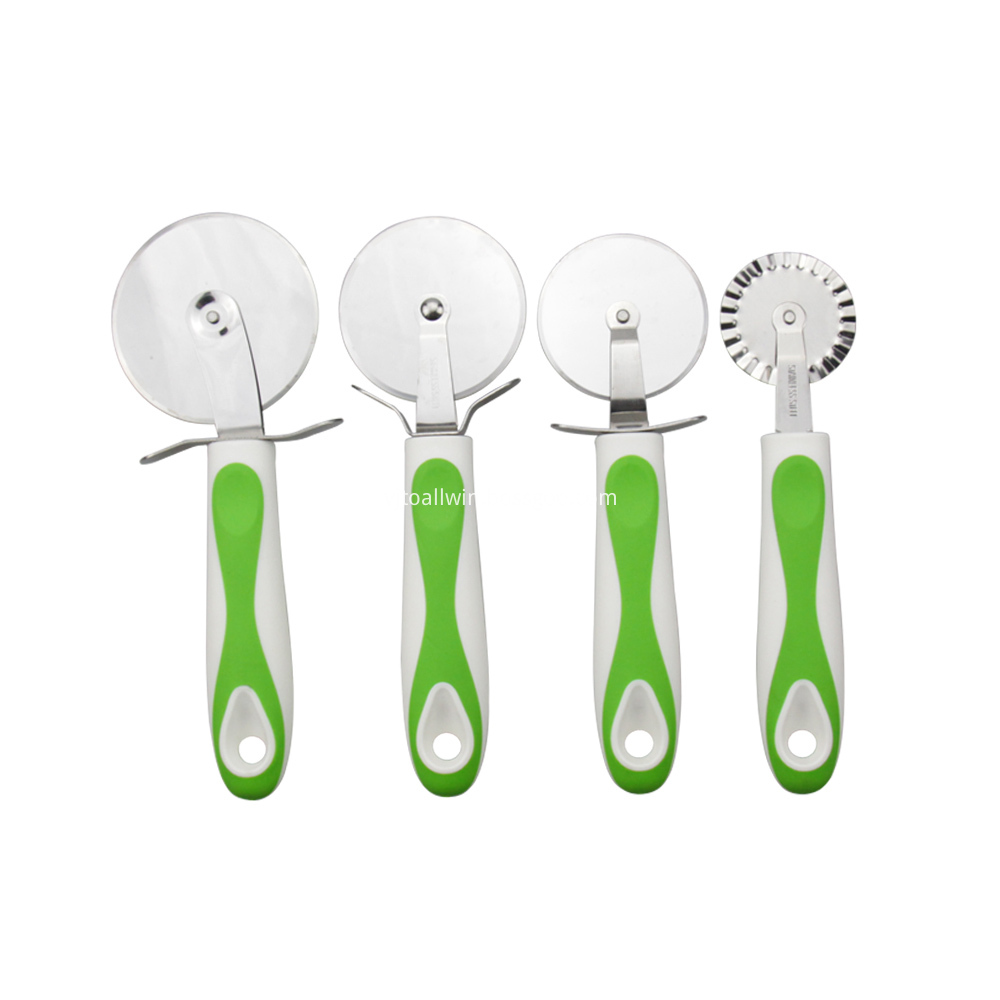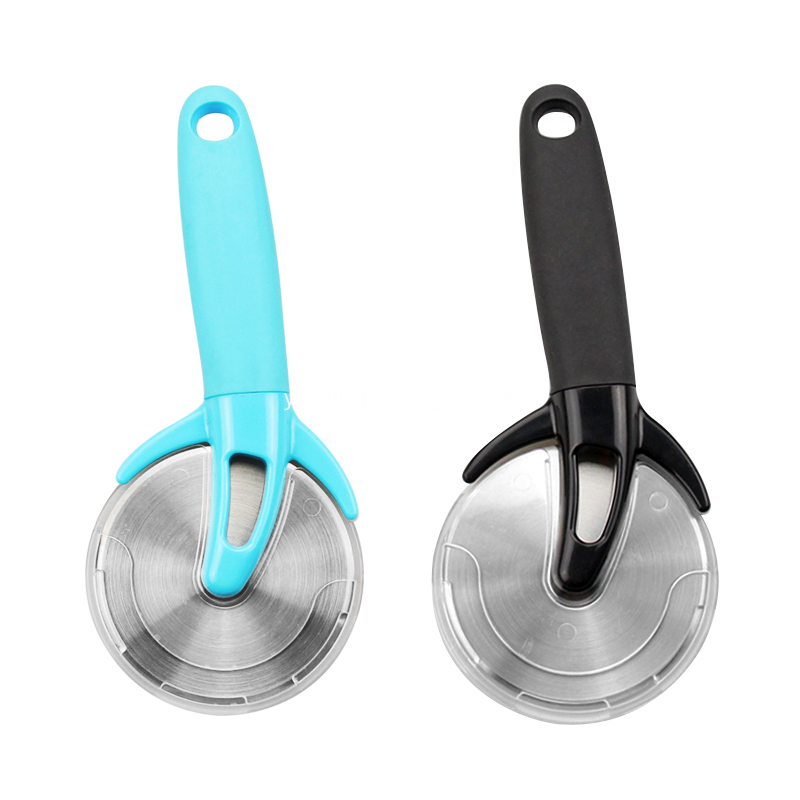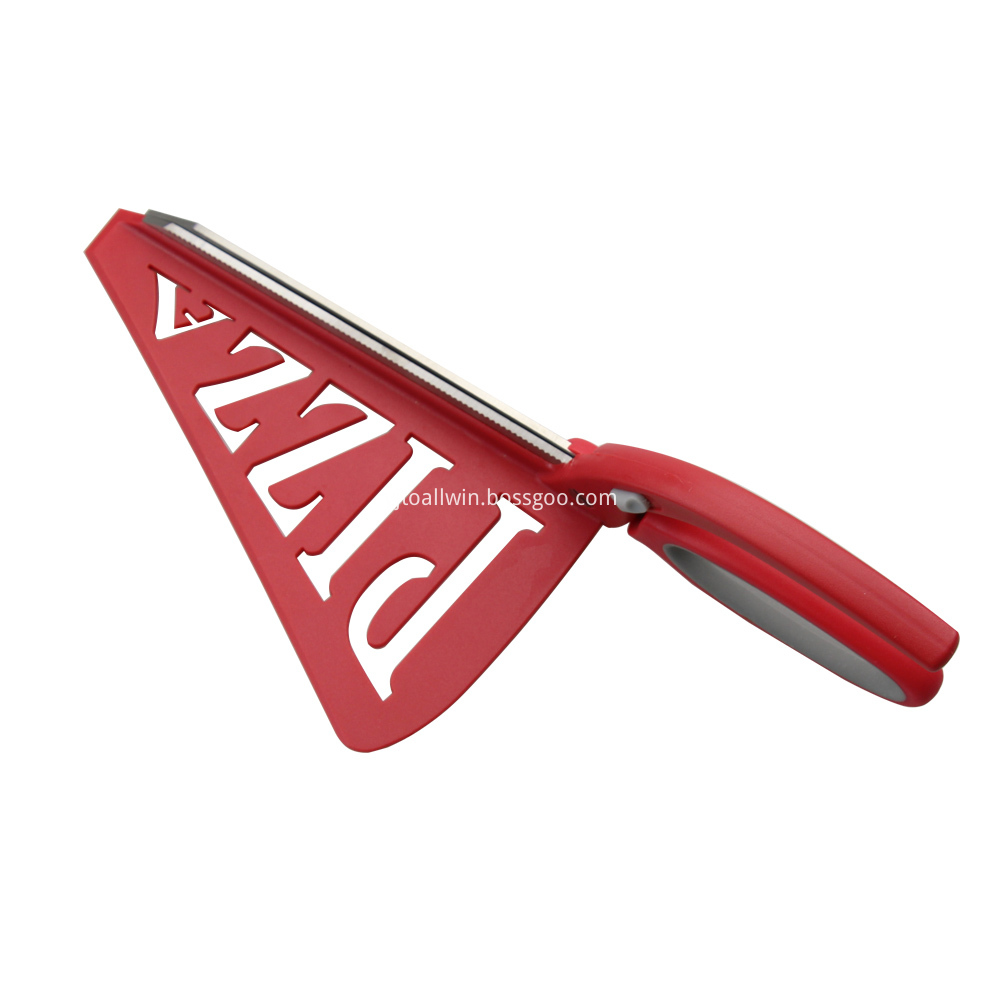Research on the dyeing process of Platanus and Torch pine wood With the rapid development of China's furniture industry and interior decoration industry, the demand for wood decorative materials has increased dramatically. However, there are fewer and fewer precious woods available for furniture manufacturing or interior decoration, and the price of imported precious wood remains high. In recent years, simulation decoration has flourished at home and abroad. Among them, wood dyeing is one of the important methods to simulate decorative use. Pine and sycamore have poor tones and unevenness. Directly used for surface decoration is not beautiful. But its wood grain is clear and beautiful. Bleached, dyed, dyed into precious wood tones or other shades, with a good decorative effect. It can not only improve the grade of pine and sycamore, but also alleviate the shortage of precious wood in China, make reasonable use, and receive certain economic benefits. This paper studies the dyeing process of pine and sycamore wood. Analyze various factors that affect the dyeing effect when the two kinds of thin wood are impregnated with acidic materials. Find the main factors and secondary factors that affect the dyeing rate and chromatic aberration. Contrast the hardwood (P. sylvestris) softwood (pine) and analyze the causes of the difference in color and dyeing. Then combine the effect and economy to find a reasonable dyeing process, so that it can be used in industrial production. Abstract: In this paper, acid mixed dyes were used to dye wood, and the dyeing composition and dyeing process were used as experimental factors. The color difference and dye uptake rate of wood were observed and analyzed by orthogonal method. The test results show that: 1 Platanus: the temperature of the dyeing solution is maintained at about 70 ° C, the concentration of dye liquor is preferably 0.5%-0.65%, and the dyeing time is 60 minutes. The pH is 3.5. The penetrant concentration is preferably 0.2%. 2 The temperature of the flared dyeing solution is about 60 °C, the concentration of the dyeing solution is preferably 0.5%-0.6%, and the dyeing time is 50 minutes. The pH value is 4.0. The penetrant concentration is preferably 0.25%. Keywords: thin wood veneer. dyeing. technology Study on London Plane Veneer and Lavely Gorden Larch Veneer Dyeing Technology Abstract : The dnromatism and dye up-take were studed by orthogonal method according to the changes of the parameters of dyeing. The 0.25mm sliced ​​London Plane veneer and Lovely Gorden Larch Veneer was dyed In aqueous solution of the mixed acid dyestuff. The result showed that. The temperature of 70°Cwas appropriate to both chromatism and dye up-take .for London Plane.The best concentration was 0.5%-0.65% in dye up-take and the Most optimum treating time was sikty minutes. The best PH is 3.5 and the best concentration of permeate of permeate-agent is 0.2% for London Plane. The best temperature is 60°C and the best concentration of is 0.5%-0.65%.the best Treating time is 50 minutes and the best PH is 4.0, the best concentration of permeate agent is 0.25% for Lovely Gorden Laron Experimental materials, pharmaceuticals and equipment 1 Experimental materials The thin wood veneers used in this experiment are sycamore veneers and pine veneers. Specification: 40*40*0.25mm Water rate: 12.4% Taken from Zhongnanlin College 2 experimental drug bleach: hydrogen peroxide, sodium silicate, magnesium sulfate, caustic soda. Dyes: acid red, acid golden, acid orange, yellow sodium powder, acid black, black sodium powder, acid sky blue penetrant: JFC penetrant leveling agent: sodium chloride 3 experimental equipment electronic balance, PH test paper, constant temperature water bath Pot, thermometer, beaker, measuring cylinder, glass rod, DSBD-1 digital whiteness meter, PCTIIG automatic color measuring instrument. Experimental process sycamore veneer and pine veneer → pretreatment → bleaching treatment → cleaning → drying → dyeing → Cleaning → Drying Bleaching 1 Wood Coloring There are two main reasons for the color of wood: First, lignin contains C=C bond, carbonyl (C=O) vinyl group (CH=CHR), chromophore and carbonyl group. (-OH), methoxy (-OCH3), carbonyl (-COOH) and other color-assisting groups, which make wood absorb certain wavelengths of visible light, thus presenting a certain color, and second, there are extracts in wood, extracts The pigments, tannins, and resins make the wood colored, the same tree species, because of the origin, age, and other conditions, the wood color is different, that is, the same tree, but also because of the wood parts, the cut surface is different, and the color of the wood is different. 3.2 Pretreatment Pretreatment with lye is the first stage of the thinning process of sliced ​​wood. A significant portion of the resin and meltable colored material in the wood can be leached in an alkaline solution. The pretreatment not only purifies the thin wood, but also facilitates the immersion of the bleach into the thin wood, and also reduces the consumption of the bleaching agent in the main process, and the alkali used for the pretreatment uses sodium hydroxide. The main process conditions are as follows: lye concentration: 0.8% solution temperature: room temperature 23 ° C treatment time: 10 min 3.3 H2O2 bleaching treatment of hydrogen peroxide bleaching mainly by the oxidation of hydrogen peroxide, the chromogenic gene damage Decolorization, the decomposition of hydrogen peroxide produces bleaching effect in this decomposition and equilibrium decomposition, the addition of alkali to increase the value or increase the temperature is beneficial to the accelerated decomposition of hydrogen peroxide, increase, improve the bleaching effect, and therefore must be controlled during the bleaching process The suitable value is to eliminate or reduce the inefficient consumption of hydrogen peroxide due to the catalytic degradation reaction, and an appropriate amount of a stabilizer such as sodium silicate, magnesium silicate or the like may be added to the hydrogen peroxide solvent. 3.4 Composition of bleaching liquid H2O2: 0.4% Sodium silicate: 2% Caustic soda: 0.15% Magnesium sulphate: 0.02% PH value: 10 11 Temperature: 80 ° C Time: 2 h 3.5 Bleaching process bleached with hydrogen peroxide alkaline medium The main production process is as follows: thin wood → hydrogen peroxide bleaching → tap water washing → dry bleaching process flow chart 3.6 whiteness before and after bleaching comparison of average whiteness after bleaching of average whiteness of sycamore before bleaching 35.4 67.2 average whiteness before pine bleaching Average whiteness after bleaching 23.6 51.4 4. The principle of dyeing 4.0 dyeing Cox and Milary proposed a simple process of wood dyeing in 1950. In 1964, Japanese scholar Okawa studied the natural absorption method of wood impregnation in dyes and the method of promoting penetration, after which Chi Taiyang et al. Research on the basic theory and application technology of wood dyeing has made remarkable achievements in many aspects of wood dyeing science. The cells and tissues of wood are various. The hardwoods are mainly composed of ducts, wood fibers, axial wall tissues and wood rays. The needles are mainly composed of tracheids, wood rays and resin channels. At the same time, the cell wall is divided into several wall layers, mainly composed of primary wall and secondary wall. The secondary wall is composed of three layers: outer layer, middle layer and inner layer. Different cell wall layers have different thicknesses, and cellulose and half are included. There are differences in the amount of cellulose and lignin, as well as different wood extracts in certain cells or tissues. Japanese scholar Ke Taicun Yoko and Chinese scholar Zhao Guangjie and others have done some research on wood dyeing in the movement and penetrant of dye in wood. The dyeing of wood is the movement and penetration of dye in wood. It is found that the penetration of dye solution is Through the capillary system in the wood, the capillaries in the wood can be divided into two categories: one is a large capillary system composed of cell cavities, cell gaps and pits; the other is composed of micropores on the cell wall. of. There are many microfibrils on the cell wall. There are pores between the basic fibrils and the basic fibrils between the microfibrils and the microfibrils. These micropores are usually called capillary systems. When the dye solution flows from one cell to another, the main path is the pit on the cell wall. The pit has a single-grained hole and a marginal hole. The single-grained hole is easy to flow, and the edge has a grain. In the plug, the liquid flows through the plug to another cell. If the pores are clogged, the flow of the liquid will be hindered, and the liquid will flow through the pores in the pit and the pore plug. In the heartwood, since the content of the extract is high, it is easy to block the micropores on the pit plug, so that the dye solution is difficult to penetrate. The permeability of the dye solution in wood is anisotropic, that is, it varies with the direction of the wood texture, and the longitudinal permeability is much larger than the transverse direction; generally the radial permeability is greater than the chord direction, but also the wood string direction. The penetration is greater than the radial direction, which varies depending on the wood species. The penetration of the dye solution in the wood is mainly conducted longitudinally through the end face of the wood, while its radial and chordwise penetration is weak. In addition, the permeability of the dye solution is also related to the wood part. The sapwood mainly plays a role of moisture during the growth of the tree. Therefore, the sapwood of most tree species, the dye solution is relatively easy to penetrate, and the heartwood is invaded by more phenolic compounds. Dye solutions are generally difficult to inject and penetrate, as well as the structural and structural relationships. 4.1 Dyeing process Platanus veneer and pine veneer → bleaching treatment → dyeing → washing → drying → storage dye solution formula acid red: 1.5 g acid orange: 0.5 g acid yellow: 0.2 g yellow sodium: 0.3 g JFC penetrant : 3g / L water: 495mL Nacl: 1.5% The concentration of the above formula is 0.5%. The concentration of 0.2% and 1% increases or decreases the amount of each component. 3 Analytical method In this study, the color difference of pine and sycamore veneers before and after dyeing was taken as the main indicator. The dyeing rate was the reference index. In order to save time and materials for pine, two orthogonal tests (the same for sycamore) were designed. Comparison. Identify the factors that affect the dyeing rate and chroma and distinguish between major and minor factors. The first orthogonal experiment mainly determined the effects of dyeing temperature, concentration and time on dyeing and chromaticity. The interaction of these three factors was also considered in the experiment. Each factor in the experiment was divided into three levels. The orthogonal table was used to arrange the experiment. In each experiment, 6 test pieces were used. When the dyeing rate was evaluated, the dyed test pieces were cut into equal parts in the direction of the fiber, and the percentage of coloring was determined to find the average value. After bleaching and dyeing, PCTIIG automatic color difference meter should be used. According to the tristimulus value of the test piece, the chromaticity index difference before and after the treatment is calculated separately. The chromaticity index difference △L*, △a before and after the test piece is calculated according to the following formula. *, △b*. Calculate the color difference before and after the test piece according to the following formula = sqrt((△L*)*(△L*)+(△a*)*(△a*)+(△b*)*(△b*)) 4.4 Tables and graphs of the first orthogonal test - factors of the first orthogonal test and factors of horizontal sycamore and pine staining and horizontal factors horizontal time A (min) temperature B concentration C 1 80 80 1% 2 50 60 0.5% 3 20 30 0.2% Table 3 Periwinkle dyeing rate variance analysis Variance name sfv F Significance A 2630.18 2.00 1315.09 94.15 ** B 1129.18 2.00 564.59 40.42 ** C 1518.14 2.00 759.07 54.35 ** A*B 277.13 4.00 69.28 4.96 * A* C 19.87 4.00 4.97 0.36 B*C 108.70 4.00 27.17 1.95 Error 111.74 8.00 13.97 F0.05(2,8)=4.5 F0.05(4,8)=3.8 F0.01(2,8)=8.7 F0.05( 4,8)=7 Platanus Chromaticity Variance Analysis Variance Name sfv F Significance A 246.12 2.00 123.06 9.25 ** B 427.63 2.00 213.82 16.07 ** C 500.34 2.00 250.17 18.80 ** A*B 37.62 4.00 9.40 0.71 A*C 103.41 4.00 25.85 1.94 B*C 38.51 4.00 9.63 0.72 Error 106.47 8.00 13.31 F0.05(2,8)=4.5 F0.05(4,8)=3.8 F0.01(2,8)=8.7 F0.05(4,8 )=7 pine dyeing rate variance analysis variance name sfv F A 2139.83 2.00 1069.92 153.69 ** B 222.20 2.00 111.10 15.96 ** C 1605.94 2.00 802.97 115.34 ** A*B 121.41 4.00 30.35 4.36 * A*C 16.32 4.00 4.08 0.59 B*C 27.17 4.00 6.79 0.98 Error 55.69 8.00 6.96 F0 .05(2,8)=4.5 F0.05(4,8)=3.8 F0.01(2,8)=8.7 F0.05(4,8)=7
Pizza Cutter Pizza Cutter,Stainless Steel Pizza Scissors,Plastic Pizza Cutter,Stainless Steel Pizza Wheel YANGJIANG TOALLWIN TRADING CO., LTD , https://www.toallwin.com


Study on the dyeing process of Platanus and Torch pine
VERY VERSATILE Pizza Cutter - Easily Cut Firm Thin Crust All the Way up to Soft Deep Dish!
ULTRA SHARP STAINLESS STEEL - 100% Safe & Rust Resistant!
ERGONOMIC SOFT HANDLE - Designed for Comfort & to Prevent Hand Fatigue.
DISHWASHER SAFE - Simply Throw it in the Dishwasher for Quick & Easy Cleanup